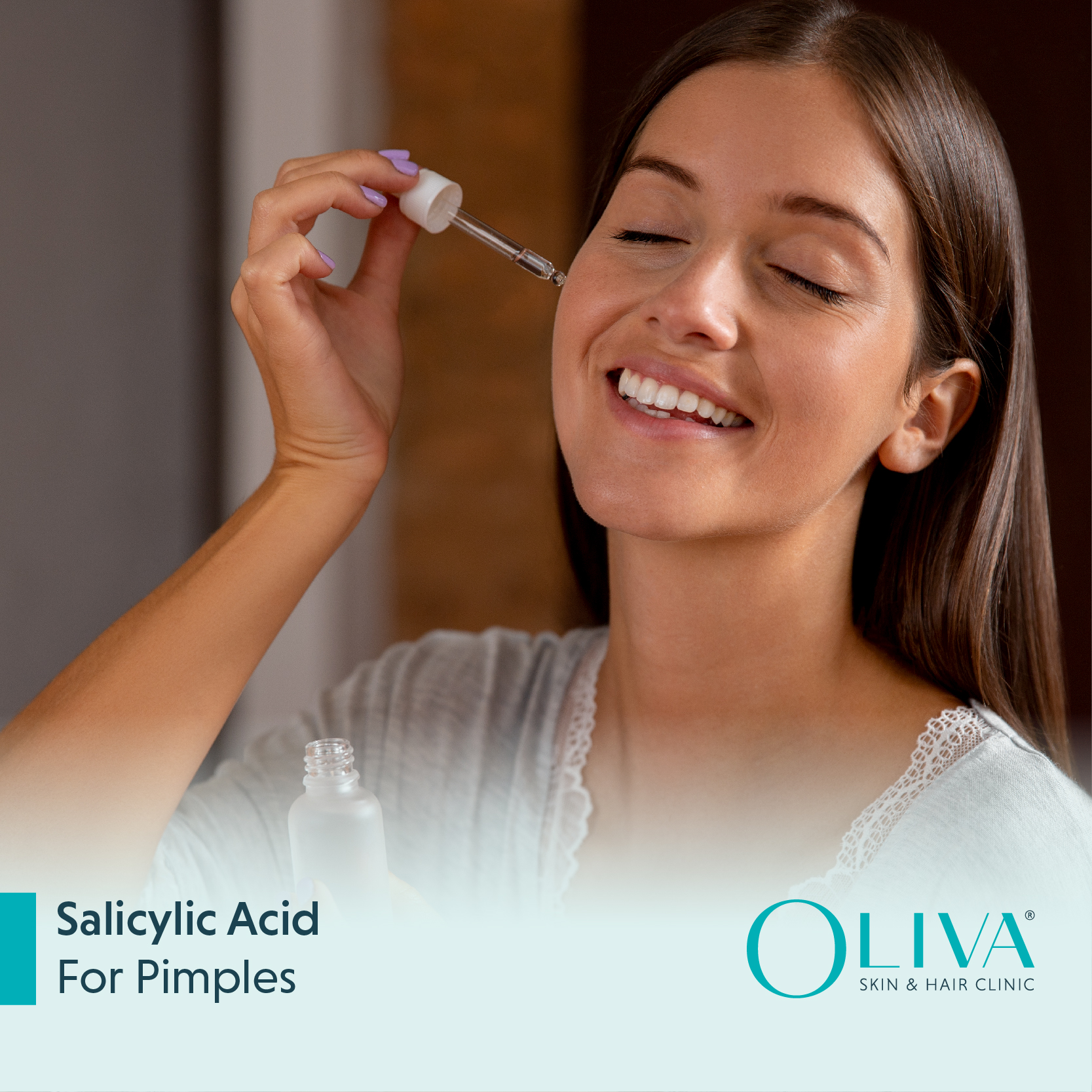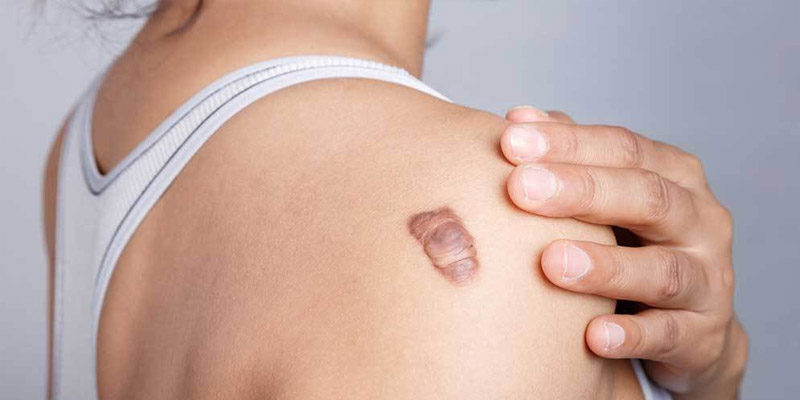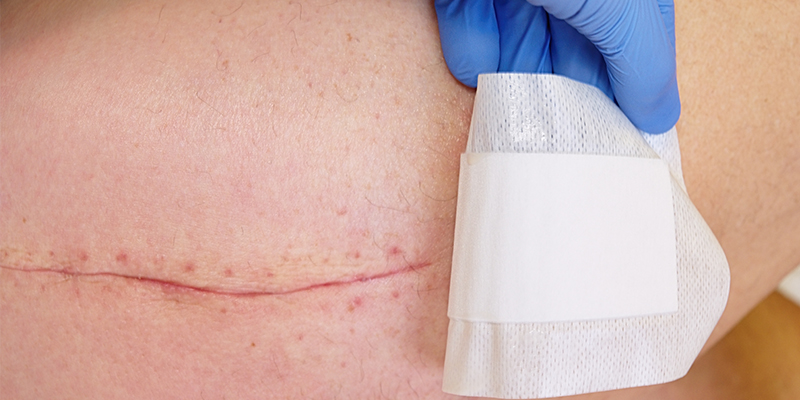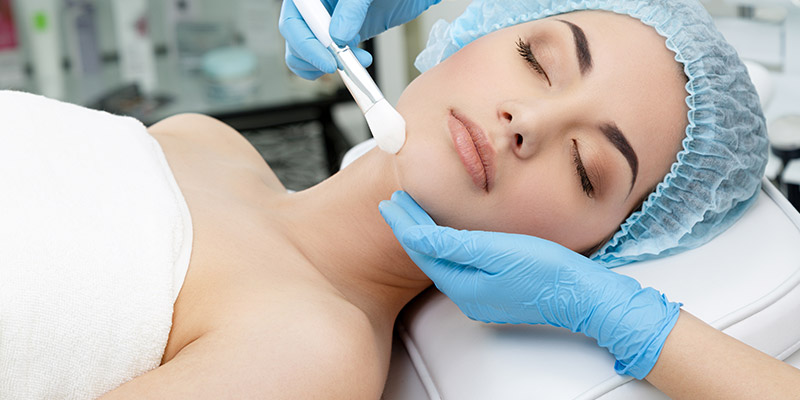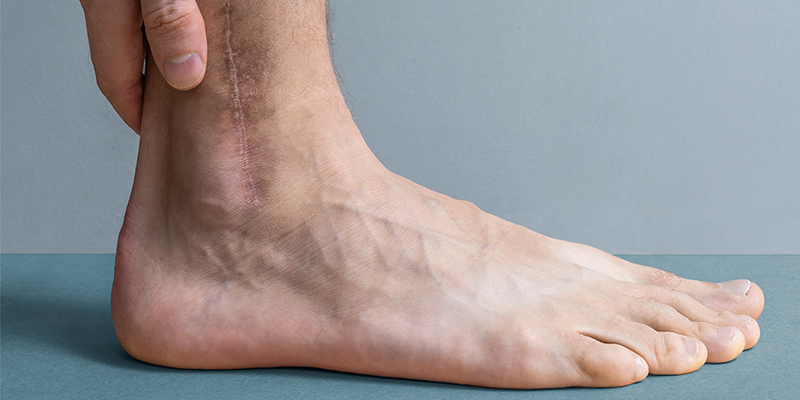Salicylic Acid For Pimples: Know How To Use, Benefits & Dosage
Most of us are familiar with the commonly used skincare ingredients for reducing pimples – salicylic acid. It is a popular ingredient in several anti-acne formulations and has been around for decades. This article will explore the benefits of salicylic acid for pimples. Keep reading to learn about tips to use salicylic acid for acne treatment.
What Is Salicylic Acid?
Salicylic acid is a beta-hydroxy acid used to exfoliate the damaged skin layers and clear up acne, such as blackheads and whiteheads. It is easily available in various OTC products and works effectively for acne treatments when used in the right concentration.
Is Salicylic Acid Good For Acne?
Salicylic acid works by penetrating the pores and clearing them of dead skin cells, debris and other blockages. Over time and consistent usage, it helps to regulate sebum production to reduce acne flare-ups drastically. [1]
Benefits Of Using Salicylic Acid For Pimples
Here is a list of the several benefits of using salicylic acid for acne:
-
Exfoliates the Skin:
Salicylic acid works by exfoliating the skin gently. It helps eliminate the layers damaged by acne. This helps in getting clear and smoother skin texture.
-
Unclogs Pores:
By reaching the skin pores, salicylic acid helps in unclogging them and also reduces the formation of acne.
-
Reduces Sebum Production:
Salicylic acid has the ability to penetrate the pores with sebum or oil, as it is lipid-soluble. It can regulate the production of sebum in the skin pores and help reduce breakouts due to excessive oil. [2]
-
Anti-inflammatory Properties:
Salicylic acid is anti-inflammatory in nature. It helps in reducing the inflammation associated with acne. By reducing redness and swelling, it helps alleviate the signs of acne. It may also help people with psoriasis.
-
Prevents Future Breakouts:
With its excellent anti-inflammatory and sebum controlling properties, salicylic acid helps in clearing skin pores and preventing the recurrence of breakouts.
-
Improves Skin Texture:
Salicylic acid helps in the exfoliation of the skin. It works on rough and bumpy skin to improve its texture making it smoother.
-
Antibacterial Effects:
Salicylic acid is well known for its antibacterial activity. It clears skin pores of acne-causing bacteria along with other blockages. Keeping the pores clean of bacteria that cause acne helps keep breakouts at bay and makes the skin clear.
-
Promotes Skin Renewal:
Salicylic acid aids in cell renewal, revealing smoother skin texture. It works by bringing blockages within the clogged pores to the surface, helping the skin clear them naturally. It is ideal for acne-prone and mature skin.
How To Use Salicylic Acid For Acne Treatment?
Topical use of salicylic acid can help treat acne. Before using salicylic acid for pimples, it is best to consult a dermatologist and choose the right product for your concern, along with the prescribed dosage. Also, check all the instructions written on the OTC product, if you are using one.
Before using salicylic acid for acne treatment, make sure to conduct a simple patch test to ensure that you are not allergic to it. You can use it as a spot treatment on acne for a day to test if it is safe to use. If you develop any rash or irritation, it is best to stop using it or bring it to your dermatologist’s notice. Also, do not use salicylic acid on broken skin.
First of all, clean your skin with a gentle cleanser of all the impurities and pat it dry. If you are using a salicylic acid cleanser to wash the skin, then make sure to rub it gently for 10 to 20 seconds and then rinse it off properly. If you are using a liquid formulation such as a cream or lotion, make sure to apply a thin layer evenly on the affected area. If your skin feels extra dry after applying salicylic acid-based products, make sure to let your dermatologist know and seek help.
Must Read: How To Use Salicylic Acid On Face
Salicylic Acid Routine For Acne Treatment
Here is the breakdown of step by step salicylic acid skincare routine for acne treatment:
-
Step 1 – Cleanse Thoroughly:
The first step in your skin care routine requires gentle cleansing of the skin. You can use a salicylic acid cleanser in your AM as well as PM skincare routine. Wash your face with a cleanser containing salicylic acid gently. Do not rub the skin harshly. Massage it onto the skin in a circular motion. It will clear your skin of dirt, makeup and oil. Then rinse properly and pat your skin dry.
-
Step 2- Use A Salicylic Acid Serum:
You can include a salicylic acid serum in your skin care regimen to get the most out of it. Apply the prescribed amount of serum to the clean face. Pat it gently to help the skin quickly absorb it. Make sure to avoid the eye contour and other sensitive areas of the face. It is best to use a serum in the night time skincare routine as salicylic acid increases photo sensitivity.
-
Step 3 – Use Salicylic Acid For Spot Treatment:
If you have acne-prone skin and you get pimples regularly, you can also use salicylic acid as a spot treatment. Simply apply the salicylic acid formulation onto the pimple directly. Leave it to dry. Make sure to apply a thick layer while using it for spot treatment.
-
Step 4 – Moisturise Your Skin:
Salicylic acid can be drying as it helps regulate the excessive oil or sebum production in the skin. Therefore, make sure to moisturise your face thoroughly with a non-comedogenic moisturiser that doesn’t clog the pores. You can use a hyaluronic acid moisturiser to seal the skin.
-
Step 5 – Sun protection:
Sun protection is of utmost importance if you are using salicylic acid products on the skin. Salicylic acid improves cell regeneration which helps in eliminating dead skin cells faster. Therefore, it is important to use sun protection with a high SPF while using salicylic acid for pimples. Make sure to reapply your sunscreen every few hours to protect your skin from photodamage.
When using salicylic acid for the first time, it is often confusing how to use it for the best results. You should get in touch with your dermatologist and use the prescribed quantity or dosage. It is best to use a very small quantity of the product to avoid any extreme reaction on the skin. As your skin becomes more tolerant of salicylic acid, you can gradually increase the quantity. If you do not have any adverse reactions, you can also increase the frequency of use. It can be part of your daily skincare routine for the best results.
Recommended Dosage Of Salicylic Acid For Pimples
A dermatologist will recommend the dosage of salicylic acid as per your unique skin concern, skin type, and skin needs. Initially, it is advisable to use salicylic acid in small quantities to prevent any adverse reactions.
This table will help determine the percentage or concentration of salicylic acid to use in different formulations, along with its frequency. [3]
Form of salicylic acid |
Percentage or concentration |
Frequency of use |
| Lotion | Around 2% | 1 to 3 times a day |
| Gel | 2 to 7 % | Once a day |
| Soap | 0.5 to 3% | As required |
| Ointment | Around 3% | As required |
| Pads | 0.5 to 2% | 1 to 3 times a day |
| Solution | 0.5 to 2% | 1 to 3 times a day |
Side Effects Of Salicylic Acid For Pimples
Salicylic acid is safe to use on most skin types. However, it may cause some minor side effects listed below –
- It often makes the skin extra dry and dehydrated if you do not follow proper skincare routine.
- It can lead to skin irritation.
- It can cause the skin to sting or tingle.
- It may result in skin peeling due to excessive usage. [4]
- In rare cases, it can cause an allergic reaction, including hives.
Precautions For Using Salicylic Acid
Just like with any other ingredient, there are a few precautions that you should take while using salicylic acid. Here are they:
- Pregnant women should stay away from it.
- Avoid using it if you have very dry or dehydrated skin.
- Consult your dermatologist before using salicylic acid if you are using any medication.
- Do not use it on broken skin or skin with warts.
- Avoid using it around the eye contour.
- Do not use it after shaving or waxing.
- If you have very sensitive skin, speak to your dermatologist before using it.
- Do not use it on irritated skin, or stop using it if you develop any irritation or rash.
Frequently Asked Questions On Salicylic Acid For Acne
Q1. Does Salicylic Acid Prevent Acne?
A1. Salicylic acid is a powerful beta hydroxy acid (BHA) that helps clear clogged pores, thus clearing acne and preventing future breakouts. [5]
Q2. How Long Does It Take Salicylic Acid To Clear Acne?
A2. It can take anywhere between 4 and 6 weeks for salicylic acid to work on the skin and clear mild acne.
Q3. Can Salicylic Acid Remove Acne Overnight?
A3. When you apply salicylic acid for spot treatment on a pimple, it helps to clear it and speed up the skin’s healing by increasing cell turnover.
Q4. Is Salicylic Acid Good For Acne Spot Treatment?
A4. Yes, salicylic acid is commonly used for spot treatment of acne and helps clear mild to moderate acne.
Q5. Which Is Better, Salicylic Acid Or Benzoyl Peroxide For Acne?
A5. Both salicylic acid and benzoyl peroxide help in clearing acne breakouts. Salicylic acid is effective on mild to moderate acne like whiteheads and blackheads. Benzoyl peroxide is more effective on inflammatory acne like pustules and papules.
Q6. Does Salicylic Acid Help In Treating Fungal Acne?
A6. With its anti-inflammatory properties, salicylic acid is helpful in treating fungal acne as well. Regular usage can also prevent yeast growth on the skin.
Takeaway
Salicylic acid is a wonderful ingredient to clear up acne breakouts in a safe and effective manner. You can combine it with existing acne treatments to maximise the results. It is important to consult a dermatologist before using salicylic acid and use it in a prescribed quantity and frequency for the best results.


